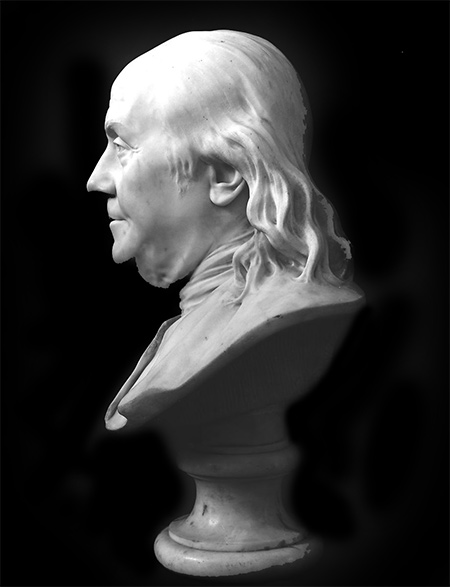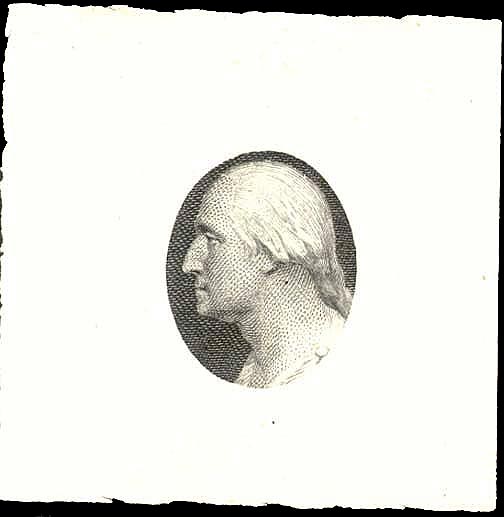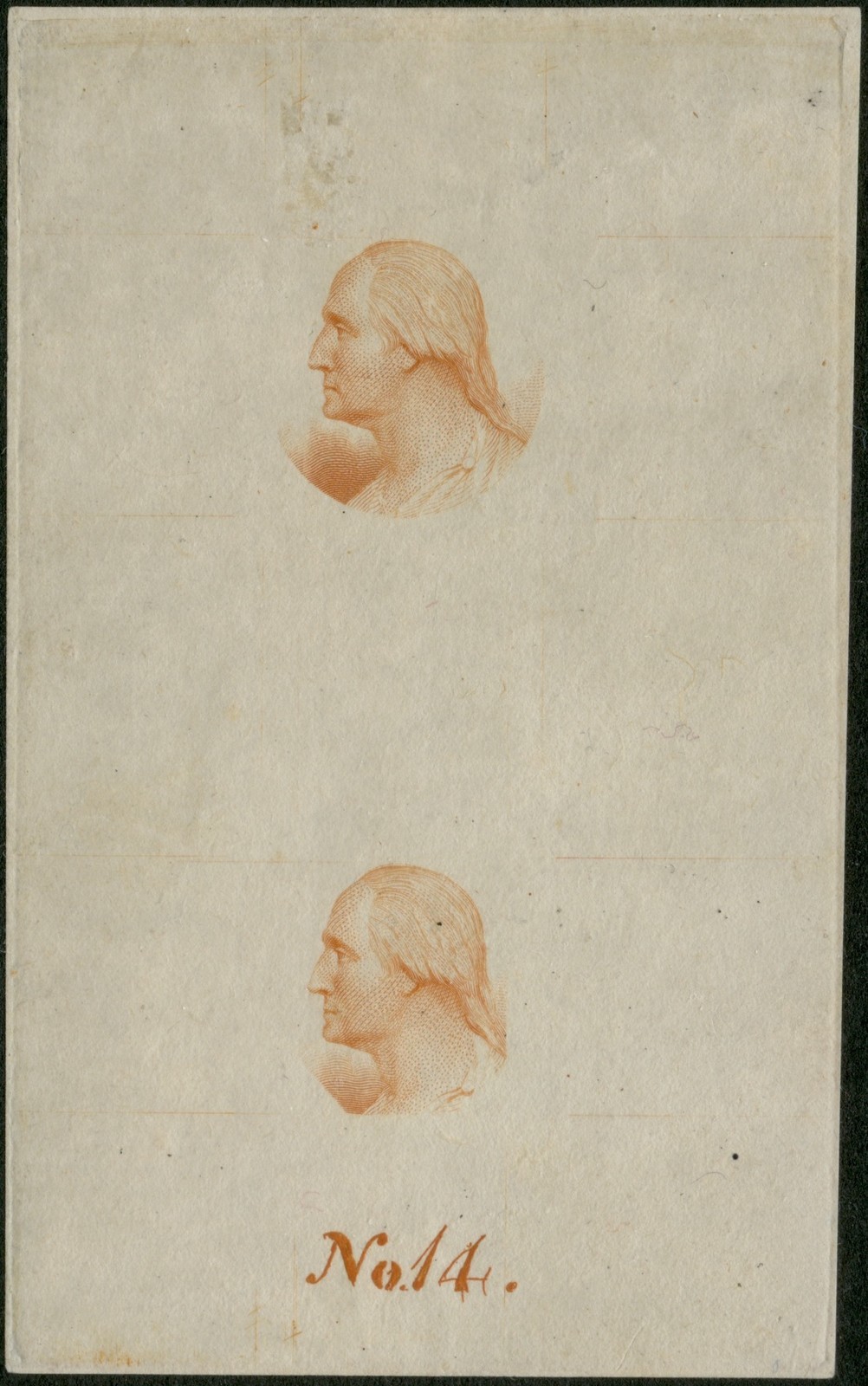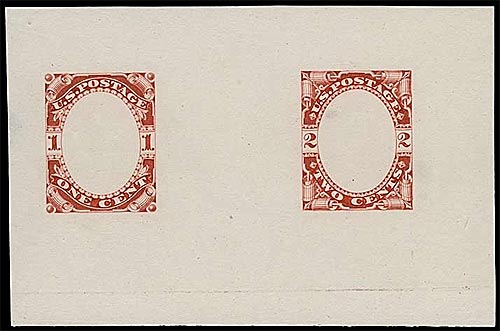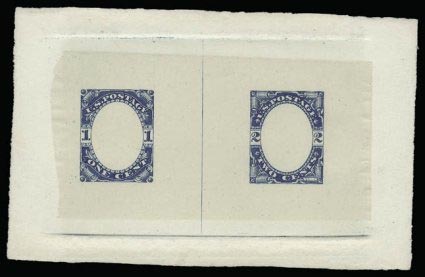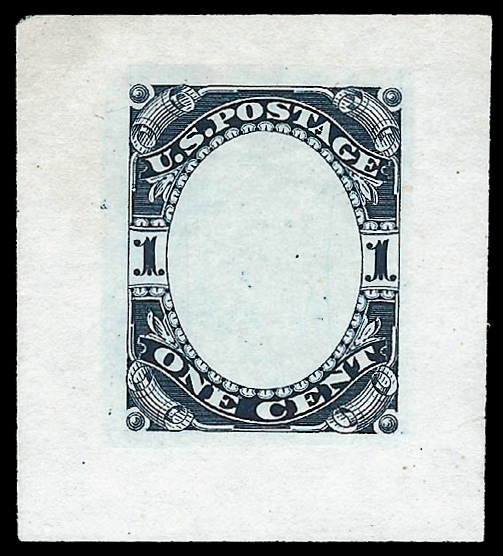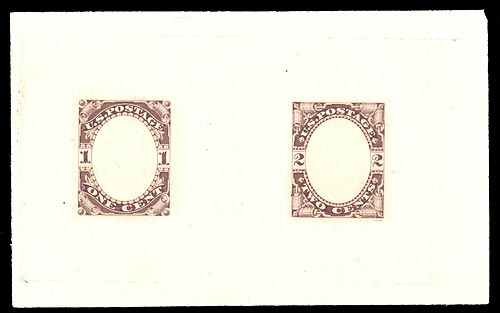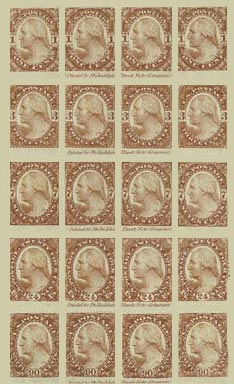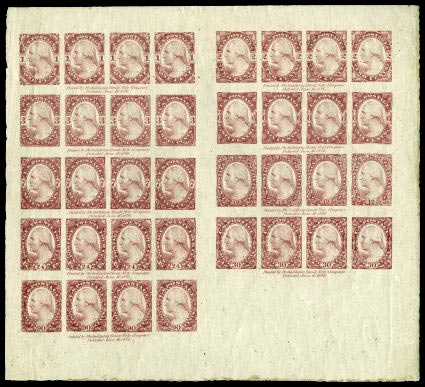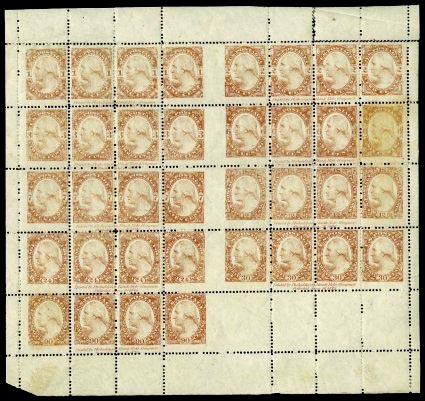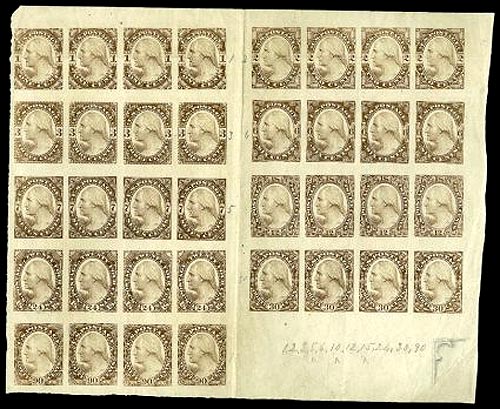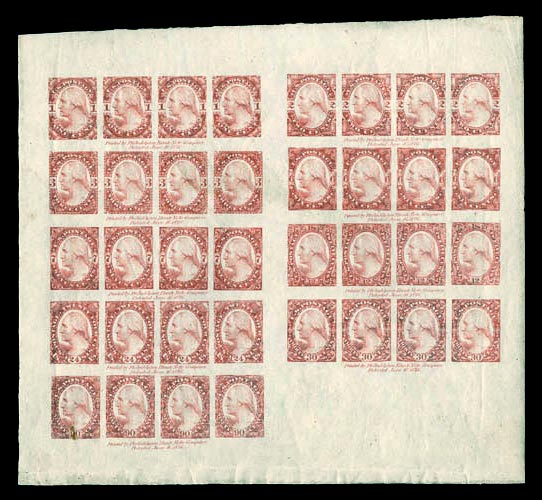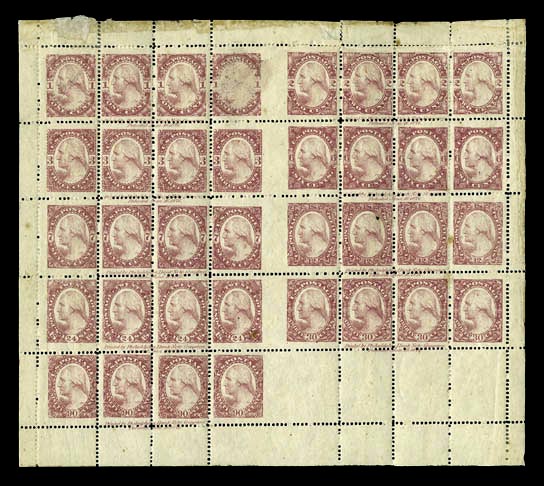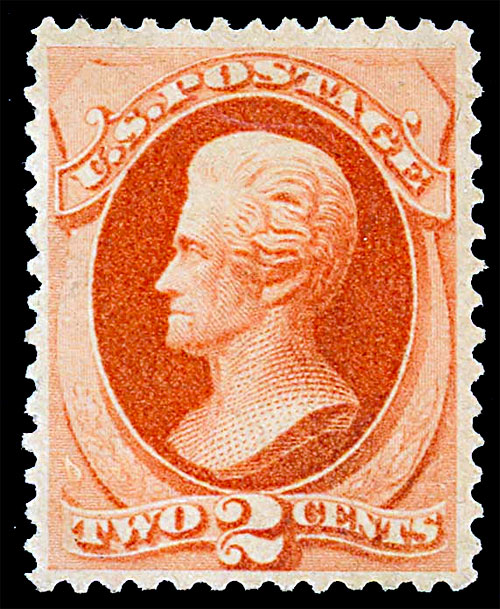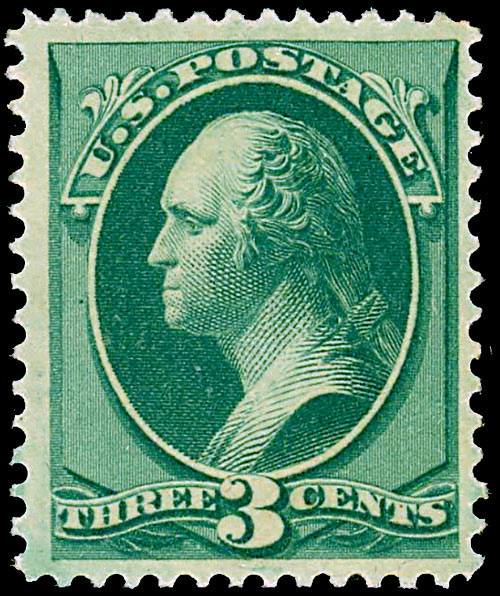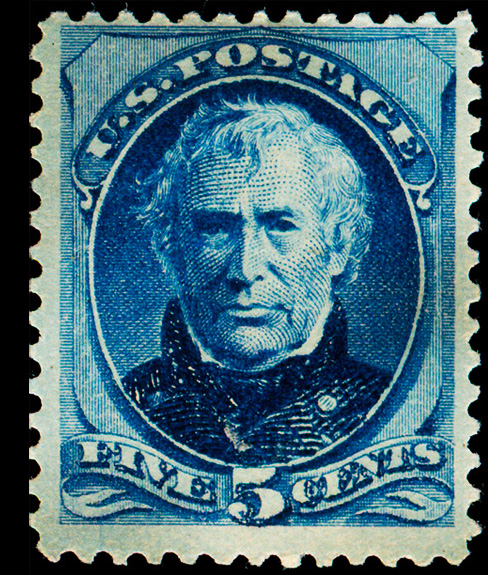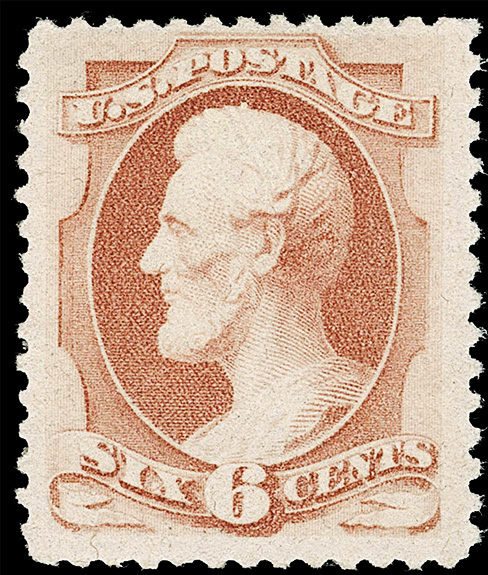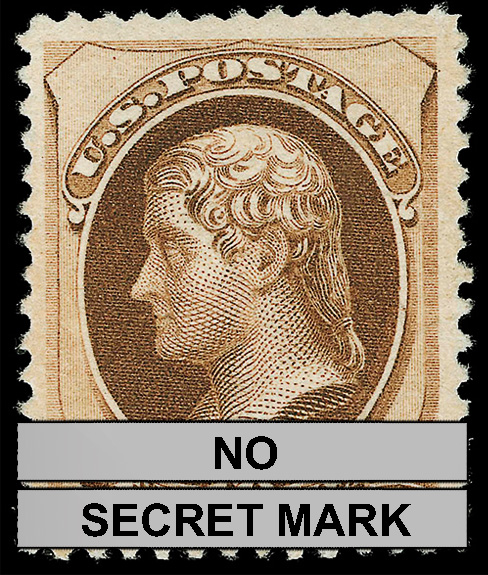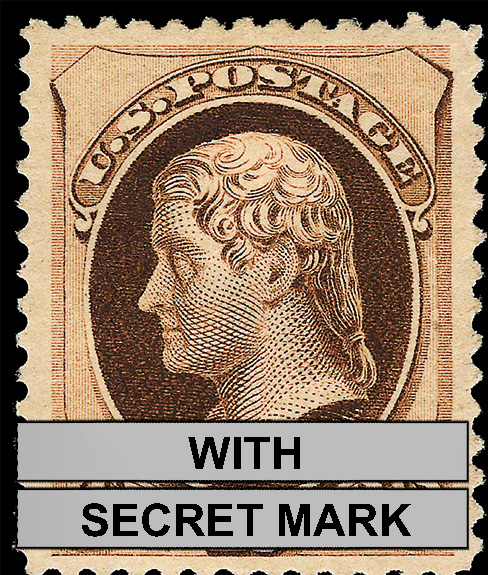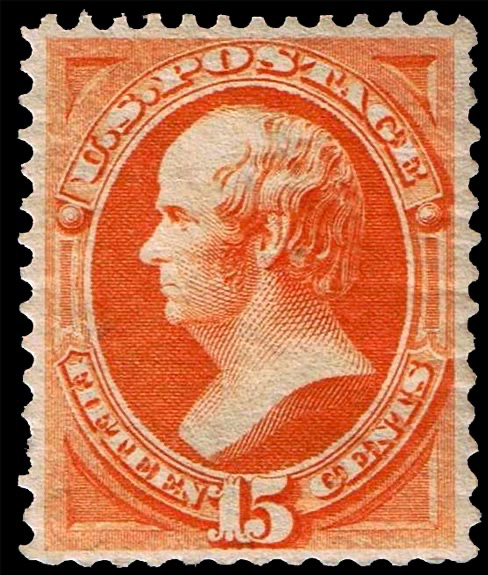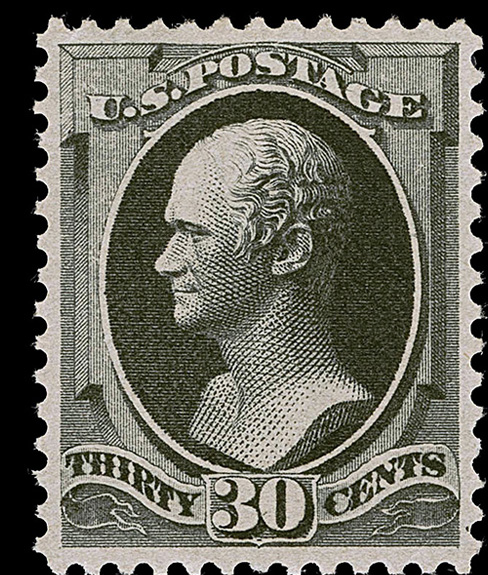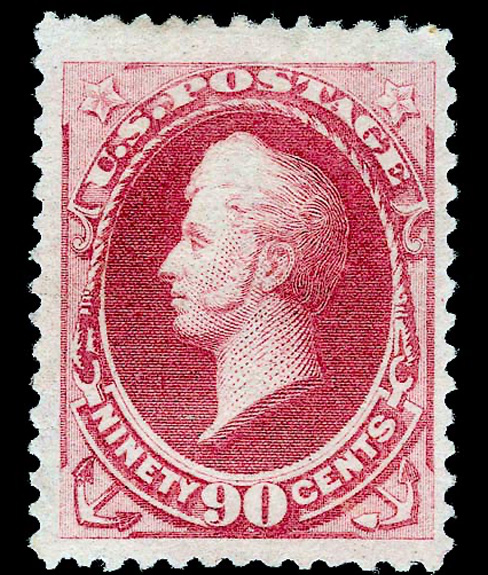Basic Info
1¢
Dark Ultramarine, ultramarine or blue
Type of Paper: Soft porous paper
Subject: Benjamin Franklin
Number issued: 590,000,000
Perforations: 12
Scott #: 182
Printer: American Bank Note Company
Earliest Documented Use: Jan 3, 1879
Value
Used
$1 - $3
No postmark with gum (MH)
$15 - $30
Full perfect gum, no postmark
no trace of stamp hinge mark (MNH)
$100 - $130
Plate #'s

#182 was issued with the following plate #'s
Imprint and plate number
319, 320, 317, 328, 336, 337, 344 353,
354, 355, 356
Precancels
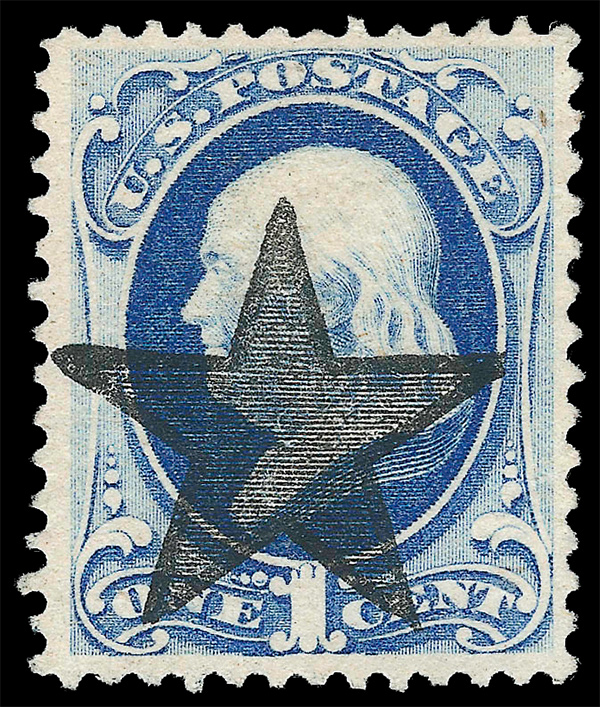
The only known pre-cancel, the Glen Allen Star precancel
Earliest documented use
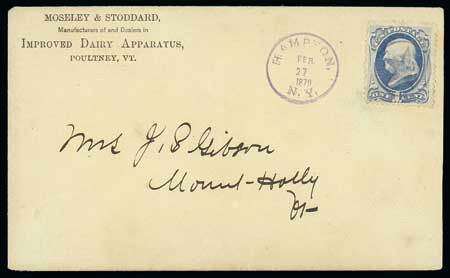
The earliest known documented use of #182, February 27th, 1879
#182 Characteristics
The shades

Above is a ROUGH color guide. I see rough because fading and sunlight can cause a change in color over time. However generally these are the colors too look for when identifying the stamp.
The paper
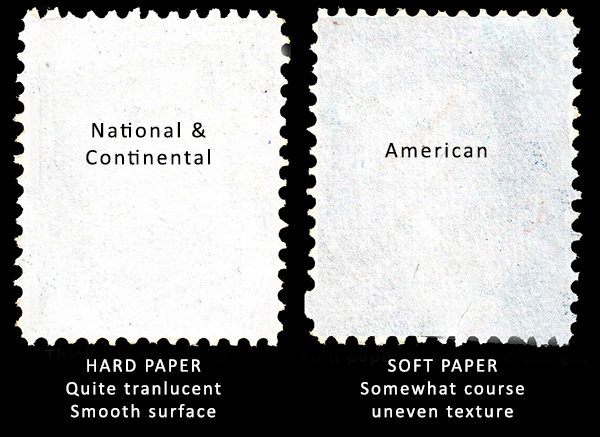
#182 is printed on soft porous paper.
Hard paper was used by the National Bank Note Company and the Continental Bank Note Company. Soft paper was used by the American Bank Note Company.
The hard paper of the Bank Note issues is fairly white, perhaps it might better be called grayish white or sometimes a somewhat bluish white, while the soft paper seems slightly yellowish when compared with the hard paper.
Soft paper has a looser weave and more porous paper than hard paper, so it feels softer, displays a mesh or weave when viewed by holding the stamp between your eyes and light so that you are looking “through” the stamp.
Some people can also ID hard paper be “flicking” the edges and thereby “feeling” the stiffness of the paper versus the feel of soft paper if flicked in the same way. There's more of a snap to the hard paper.
On high magnification the perforation tips on soft paper will have more strands of paper sticking out than hard paper.
Soft paper is fairly dead looking under a long wave UV light ( (briefly and from a reasonable distance in a darkened room) while hard paper reflects more light. If reference copies of stamp designs known only on hard paper or soft paper are viewed under UV light, the difference in paper brightness should be apparent.
For a reference stamp obtain the inexpensive 1861 3¢ (#65), it is only available in hard paper.
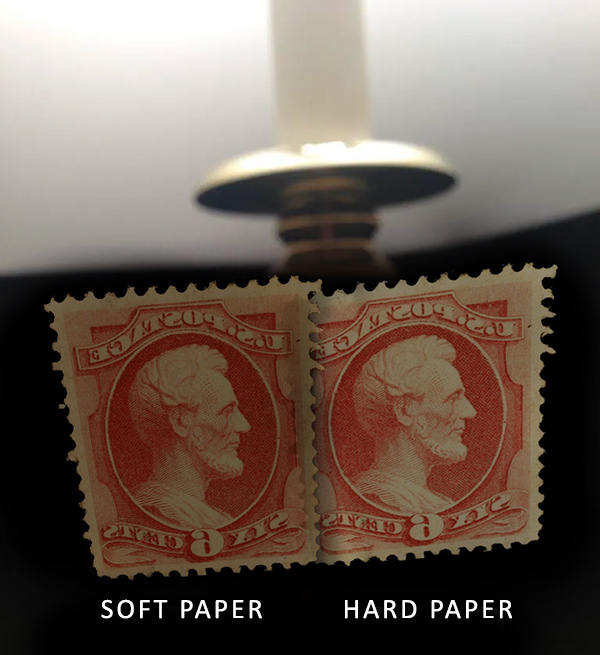
A simple test is to hold a stamp to a lamp, you will see the hard paper is more translucent.
The Secret Mark
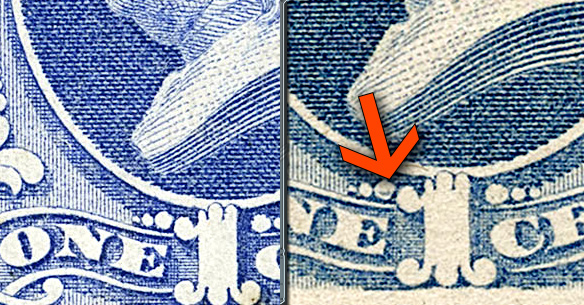
Look at the ball to the left of the number one. The secret mark is a dash of color within the ball. This 'secret mark' is visible on #182

